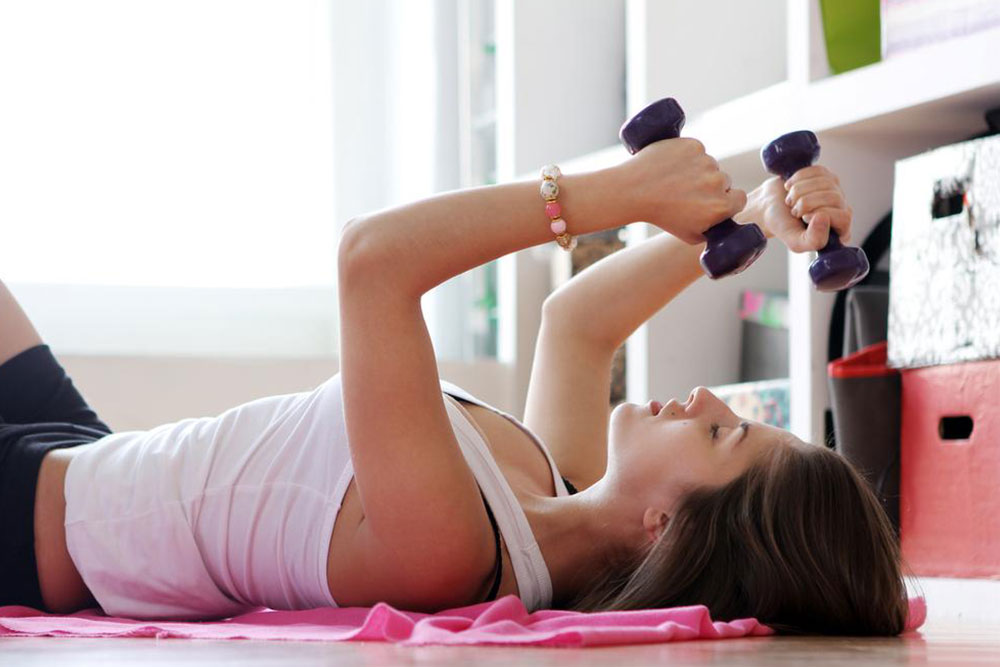Seven simple preventive maintenance steps for home gym equipment

Preventive maintenance helps in saving equipment from running into unexpected faults, whether it’s home gym equipment or something else. Moreover, it helps the equipment to stay in operation for a longer time. This form of maintenance is done when the equipment is still in operation and hasn’t been put on hold. Preventive maintenance is more complex than run-to-failure maintenance but less complex than predictive maintenance. Here is how to carry out preventive maintenance on your home gym equipment in seven easy steps:
Inspect equipment
The first step in preventive maintenance of your home gym equipment is an inspection. You need to prepare a list of all the missing hardware. You will also need to inspect closely for checking whether there is some hardware that has started to loosen. After you’ve prepared a checklist of all the missing or loosened hardware, get them fixed before using the gym equipment.
Look for signs
Once you’ve taken care of all the missing or loosened hardware, it’s time to examine home gym equipment for cracked or damaged welds and excessive wear. Keep a clean cloth to ward off the dust from the equipment and clearly see whether there are any signs of excessive wear or cracking welds. Remove the gym equipment, which requires welding and get them fixed before using.
Check the cable pulley system(s)
Check the home gym equipment with cable pulley system for anomalies. These include, but are not restricted to, damaged structures, failing ends, fraying cables, and kinks. Cable pulley system(s) with damaged parts needs to be put out of service until fixes are made.
Lubrication
Lubrication helps in keeping mechanical parts safe against unnecessary damage. Carefully lubricate all pulley assemblies and the various pivot points of the gym equipment. If you feel uncomfortable about DIY lubrication, you can call in specialized lubrication service for the job.
Examine weight stacks
Most of the home gym equipment makes use of weight stacks. Though these feature a sturdy build, you need to examine these heavy loads for undesired damage or discrepancies. Upon finding a problem with weight stacks, take them out of service and get them fixed before making use of the equipment employing them. Also, make sure that there is no restriction experienced by the weight stacks while in motion. The plates should seat properly without any problems.
Safety first
Make sure all the safety keys and stops are working properly. Use each of them once to ensure there is no problem encountered in their working operation.
Test all gym positions
Different gym equipment requires different positions to be taken for operating the equipment. The last step in preventive maintenance is to make sure all the gym seating positions are comfortable and everything is working in the very order they are expected to be. Any uncomfortable gym equipment needs to be put out of service and inspected by a technician for discovering and resolving the issues.
Preventive maintenance saves you from the hassle of unexpected breakdowns, but more importantly, it prevents severe mishaps and injuries. Schedule a regular preventive maintenance run of your home gym equipment to enjoy it for a longer time without running into any major issues.

